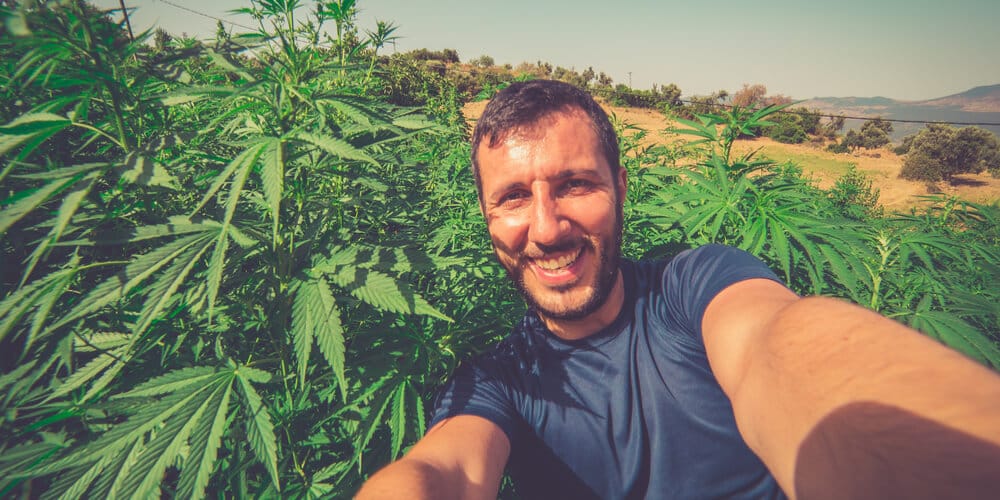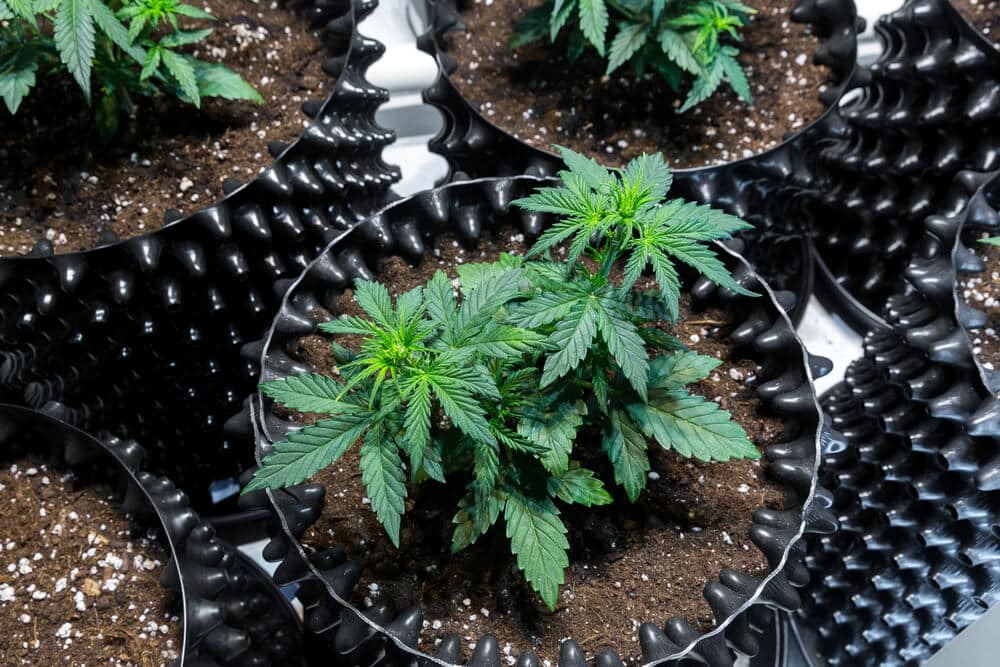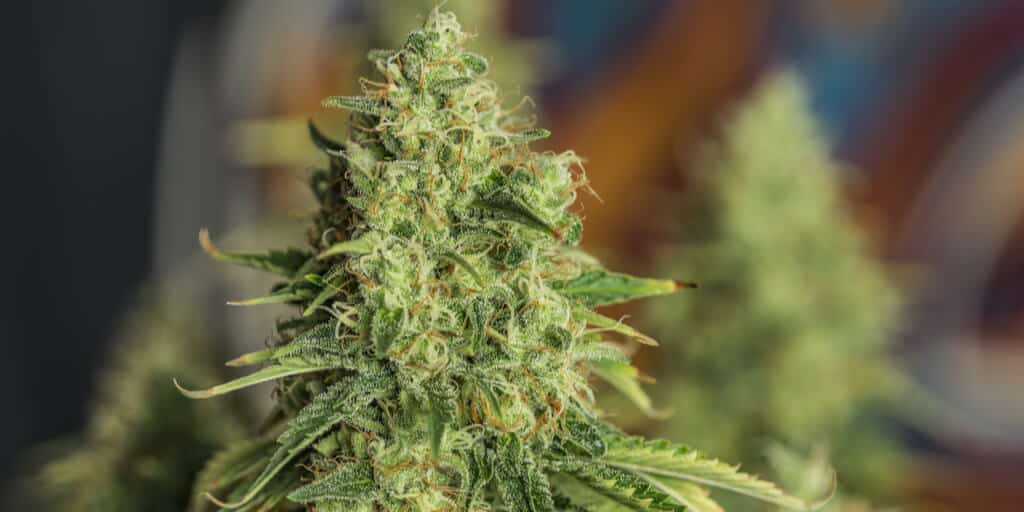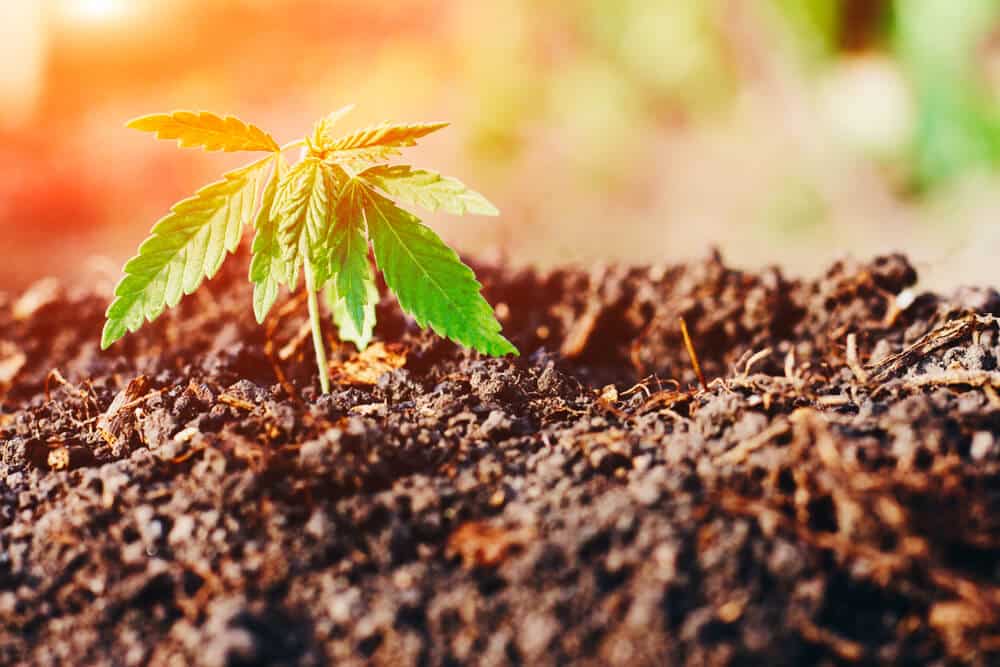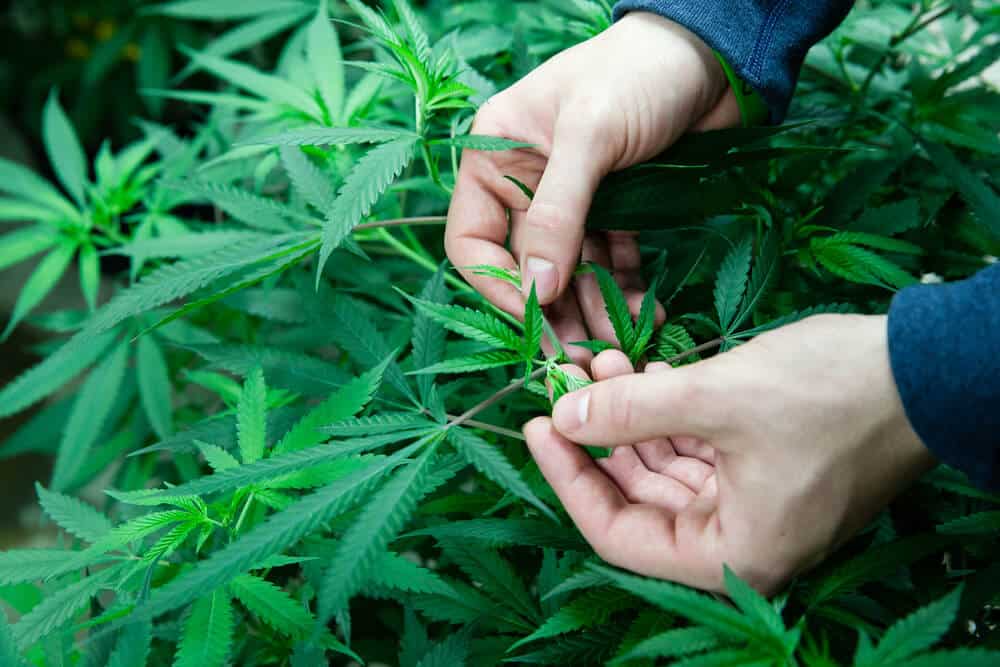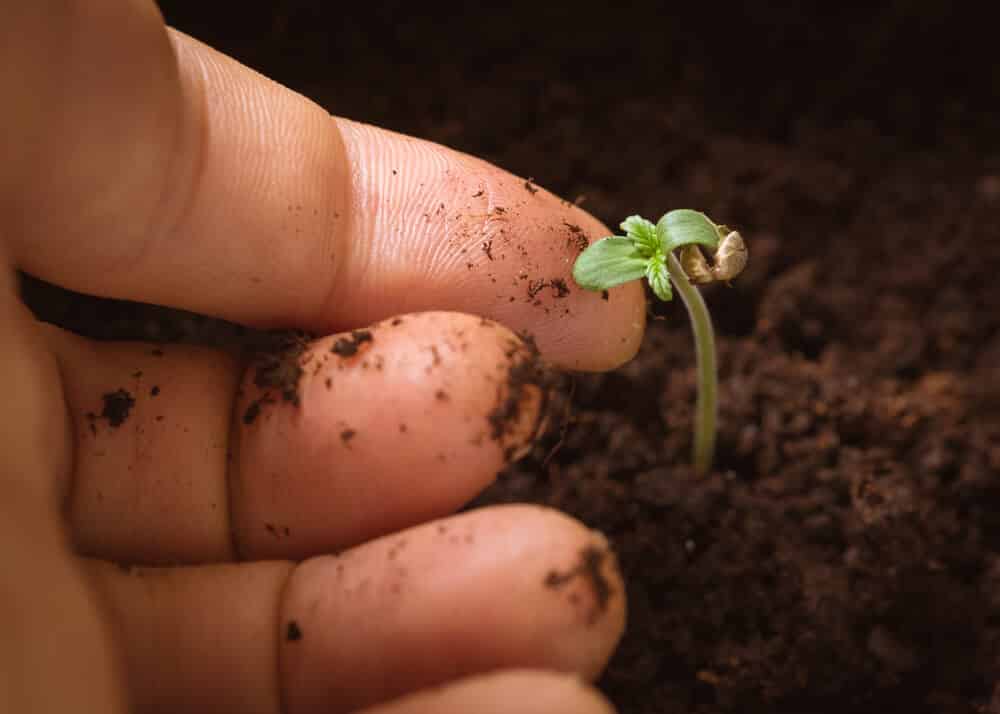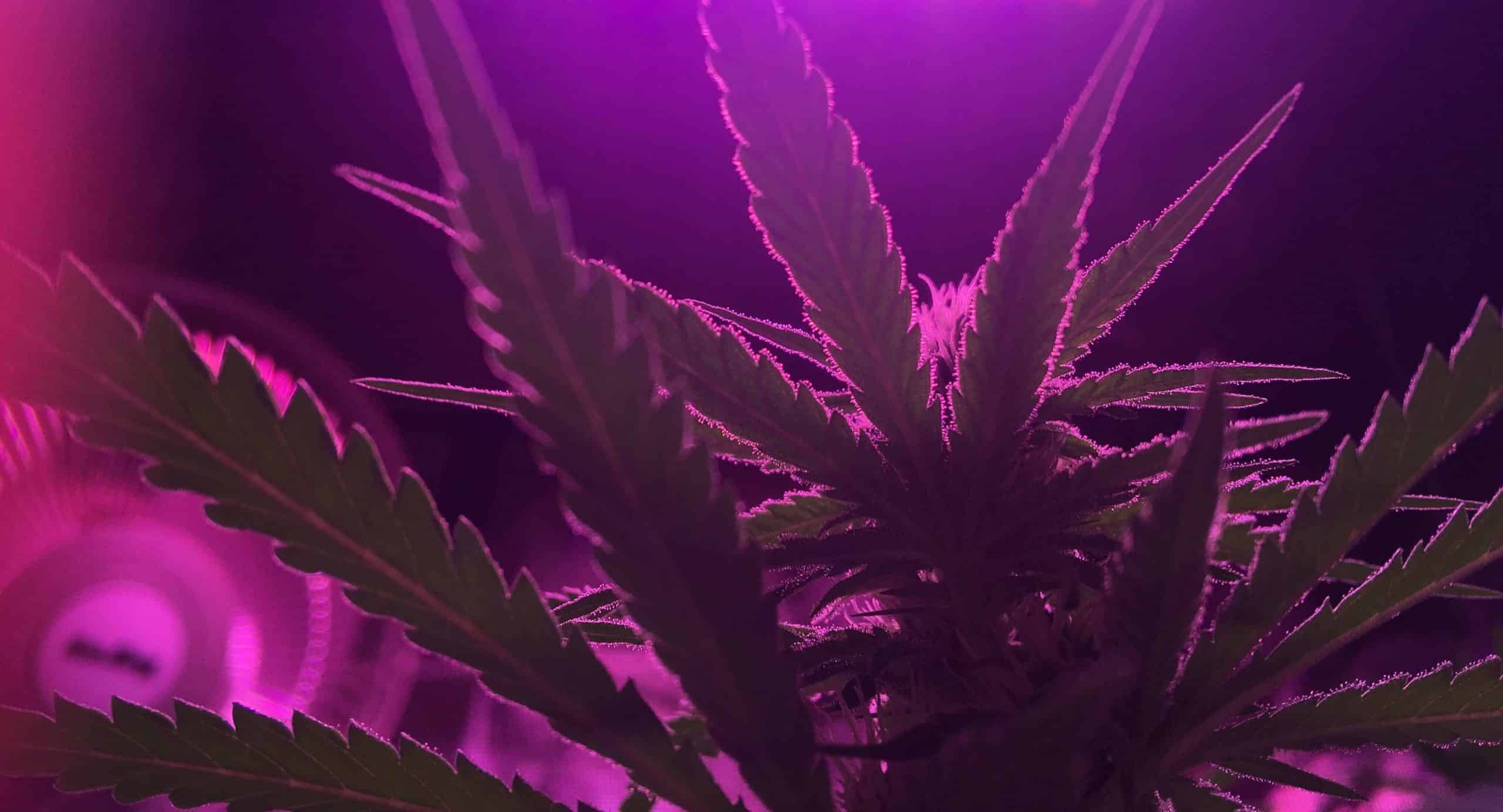Due to the recent legalization of medical and recreational marijuana in areas of the U.S., it’s becoming more common for people to test out their green thumb and try their hand at growing cannabis. Growing cannabis can be an enriching experience because there is nothing quite comparable to cultivating your own supply. A high-quality soil delivers essential nutrients for optimal growth, which is exactly what cannabis craves. Explore our guide of the basic essentials that you will need to get started on cultivating your own cannabis.
Location
You should first consider the location where you will cultivate. Many states have specific laws regarding where you can grow cannabis. When growing outdoors, it is important to select a secluded, secure area. When growing indoors, it is recommended to have a separate room dedicated to your cannabis cultivation. Another alternative is using a greenhouse or shed, these are excellent options because you can easily control their environment.
Lighting
Lighting is one of the most important aspects of cannabis cultivation. If you are growing outdoors, the sun will provide the necessary lighting. However, if you are growing indoors, you will need the appropriate artificial lighting to nurture your cannabis. There are many options for indoor lighting including metal-halide for the vegetative phase, high-pressure sodium (HPS) for the flowering stage, and LED lighting. One thing to keep in mind when choosing proper lighting is that HPS and metal-halide lights consume more power than LED. In turn, they also create plenty of heat in your growing space.
Soil
When growing cannabis in soil, there are a few things to take into consideration before you begin growing. These include:
- Drainage ability
- Texture
- Water Retention
Soil that properly drains is incredibly important to cannabis growth because retaining too much water will prevent the plants root from getting enough oxygen. If the plant is unable to receive the oxygen it needs, it will become droopy and lifeless. Alternately, soil that has too light of a texture won’t have good water retention capabilities, resulting in damaged roots that will quickly dry out.
Benefits of Using SoHum Living Soils®
Specially designed with ample organic matter, our soil has built-in pH buffering abilities. It has a balance of readily available plant food, and slow release nutrients throughout the plant’s life. In addition, our soil is designed to maintain it’s spongy, airy structure for a long time, making it less likely to compact and erode, giving your plants optimal growing conditions.
Clones or Seeds
The easiest way to start cultivating your own cannabis is to obtain healthy female clones. When starting with clones from a known and trustworthy source, you can fine tune your setup to the needs of that particular plant. Another way to start is to sprout seeds using germination. This involves developing a female mother plant that is kept from flowering in order to produce clones to then use to grow out and flower.
Vegetative Stage
Once your cannabis has sprouted and developed into actual plants, they will enter the vegetative stage. When growing indoors, this process takes about 18 to 24 hours of continuous light. This stage allows the plants to reveal its sex (if started from seed) as well as allow it to grow to size. Remember, only the female plants are the ones you want to flower.
Flower Stage
The flowering stage requires 12 hours of light (when cultivated indoors) and 12 hours of darkness. Altering between light and darkness triggers the plant to start flowering. The first two weeks of the flowering stage are referred to as the “stretch” because the plants will rapidly grow and almost triple in size. Be sure to keep this in mind during the vegetative stage so you don’t run out of space.
Harvest Time
Over time, white hairs growing on the buds will become noticeable. Once the hairs stop producing and turn orange, harvest is close. For the highest levels of THC, always harvest your plants when 50 to 70 percent of the hairs have gained color. Once unnecessary leaves are cut and trimmed away, the drying and curing process is ready to begin.
Dry and Cure the Buds
To the dismay of many growers, you cannot smoke fresh buds from the plant. Make sure to hang newly harvested buds in a cool, dark place to dry completely. Once the stems snap instead of bend, place the buds loosely into jars for a minimum of two weeks. Once daily, open the jars to check your buds and allow in fresh air. If the buds are wet, leave the jars open longer until the outer parts dry. After a couple of weeks, you can sample your cannabis. The growth time is subjective, as some growers cure for up to 30 days.
Take a look at the cannabis gardening products we offer, and contact us today to find out more about what SoHum Living Soils® can do for your plants.






